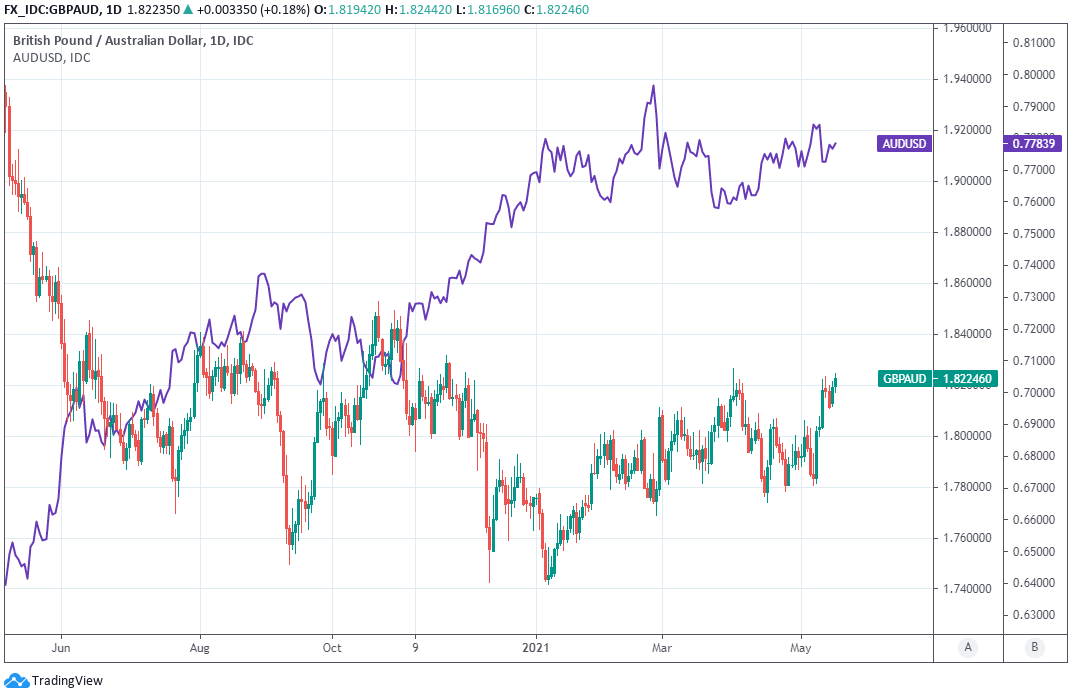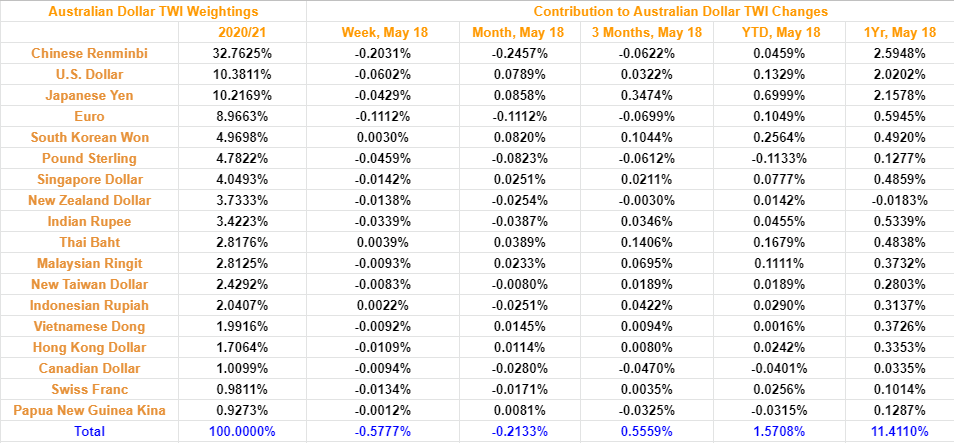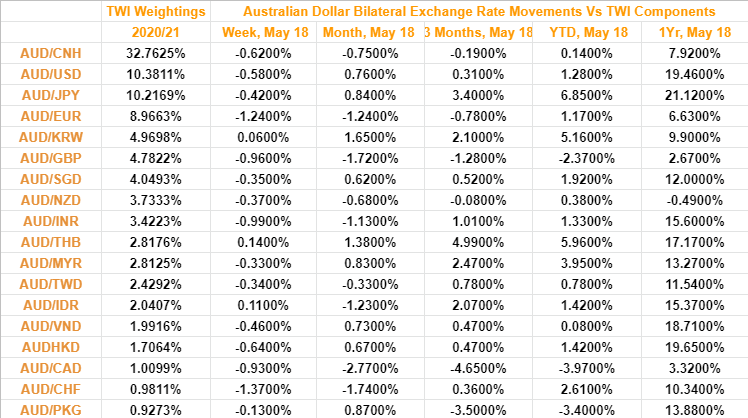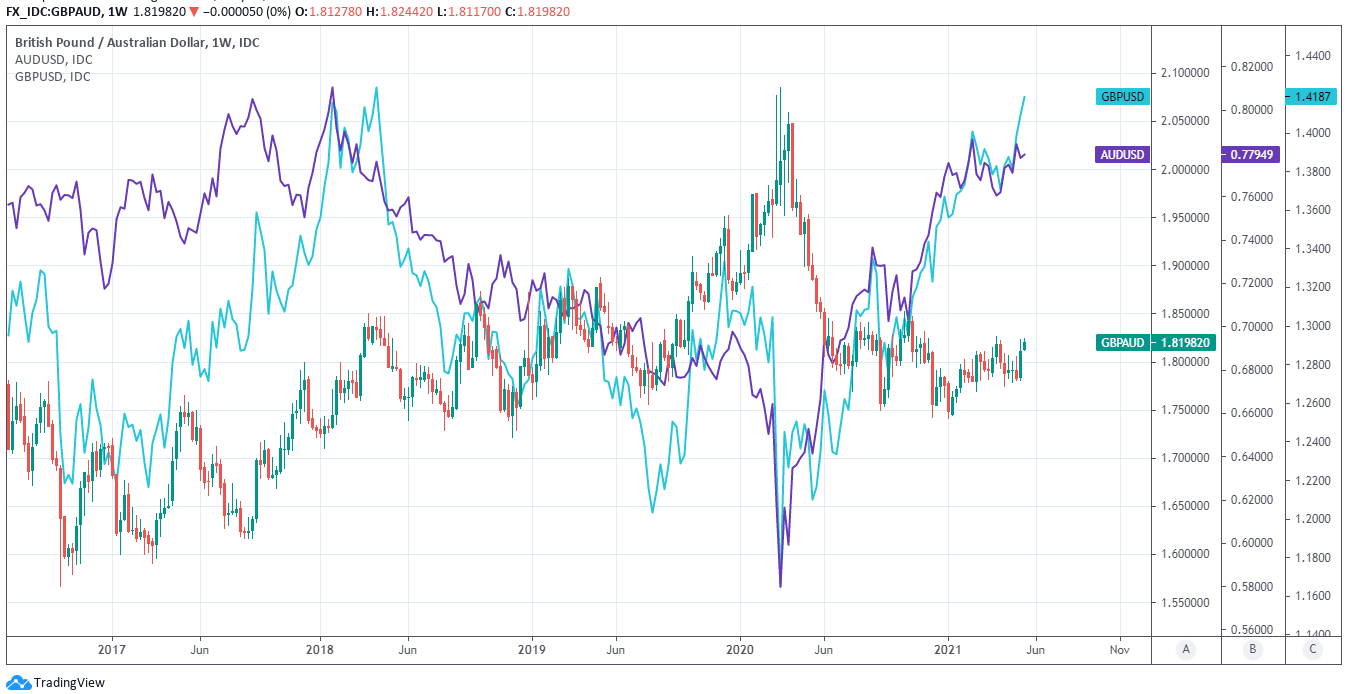Australian Dollar's TWI Conundrum Could Lift GBP/AUD to 1.84
- Written by: James Skinner
- GBP/AUD may see highs of 1.84 on AUD TWI conundrum
- Asia Pacific coronavirus woes give RBA an FX headache
- As TWI’s 3-year highs stoke RBA’s fears for CPI target
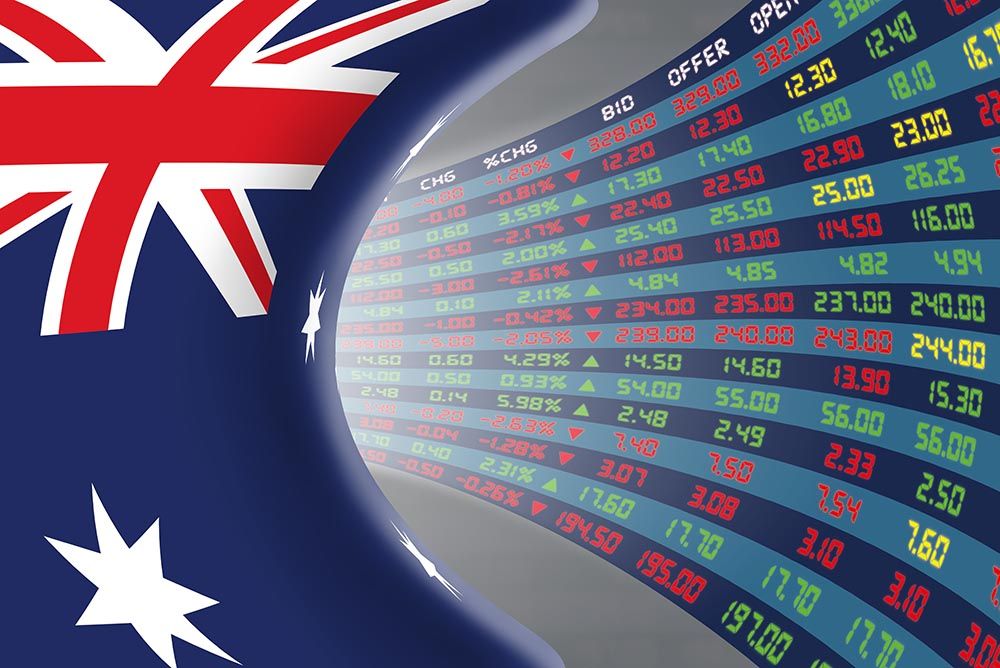
Image © Adobe Images
- GBP/AUD reference rates at publication:
- Spot: 1.8222
- Bank transfer rates (indicative guide): 1.7580-1.7710
- Money transfer specialist rates (indicative): 1.7754-1.8092
- More information on securing specialist rates, here
- Set up an exchange rate alert, here
The Pound-to-Australian Dollar exchange rate enters the mid-week session eyeing 2021 highs just above 1.82 but would have scope to climb even further over the coming weeks if AUD/USD continues to be held back by a trade-weighted index conundrum, which already looks to have been weighing on the currency since March.
Sterling has advanced against many currencies this week alongside other European counterparts, which have all benefited as continental countries take further steps to reopen from first-quarter economic closures, although the Pound’s strongest increase has been against an unlikely candidate.
The Pound-to-Australian Dollar rate (GBP/AUD) had risen almost a full percent in the week to Wednesday when it was looking to test 2021 highs around 1.8240, although this is merely the midpoint of a 1.80-to-1.84 trading range that could be likely to prevail if the Australian Dollar’s nascent lethargy persists.
GBP/AUD price action comes despite widespread increases for stocks, commodities and correlated currencies which would typically be expected to benefit the Aussie, although AUD/USD fell by half a percent in the week to Wednesday, placing the antipodean unit at the bottom of the major currency barrel for the period.
“While many countries such as the US and the UK are celebrating relaxed covid restrictions, Japan is grappling with a fourth wave of virus infections. The Japanese government in response imposed a third State of Emergency which is expected to last until the end of May,” says Joseph Capurso, a strategist at Commonwealth Bank of Australia.
Above: Pound-to-Australian Dollar rate shown at daily intervals alongside AUD/USD (purple).
Secure a retail exchange rate that is between 3-5% stronger than offered by leading banks, learn more.
Ongoing underperformance by the Aussie is at odds with the moves seen in commodity prices this week but is less of a mystery when the economic and foreign exchange implications of the latest coronavirus developments in the Asia Pacific region are considered in conjunction with the current economic and monetary policy situation faced by the Reserve Bank of Australia (RBA).
“At this stage, all we can say is that our current forecasts for 2021 GDP growth for Singapore (4.9%), Taiwan (also 4.9%), and Japan (3.5%) are under more downside than upside revision risk,” says Robert Carnell, regional head of research for Asia Pacific at ING.
Asian economies including Japan, Singapore, Taiwan and Malaysia among others have in recent days reimposed varying degrees of restrictions on countries and economies, or announced plans to do so in response to renewed outbreaks, prompting concern for their economies and triggering weakness in currencies.
{wbamp-hide start} {wbamp-hide end}{wbamp-show start}{wbamp-show end}
“And these economies are not alone. Indeed, Malaysia was already operating under new Movement Control Orders (MCOs) amidst rising cases. Thailand also imposed new restrictions at the end of April to try to curb rising daily cases. And Indonesia is still operating under a partial lockdown, as is the Philippines,” Carnell says.
Events in the Asia Pacific neighbourhood matter in a way that may be underappreciated by the market because currencies of the above-referenced countries collectively account for around a third of a trade-weighted Australian Dollar that was already elevated near to three-year highs and posing as a policy challenge for the RBA even before those currencies began to weaken this last month.
If not for intervening gains by the Chinese Renminbi and the Euro - not to mention a mysterious lethargy in AUD/USD - the trade-weighted Australian Dollar would have risen in the month to May 18 although movements in the aforementioned mean the TWI has actually declined by a fifth of a percent in that period.
Above: Bilateral components of the trade-weighted Australian Dollar, their weightings within the trade-weighted index and contributions to changes in the trade-weighted index over various horizons. Source: Pound Sterling Live.
The trade-weighted Australian Dollar had still risen by 1.57% for 2021 and a whopping 11.41% for the 12 months to May 18 however, following broad based strength that has reduced the cost of imports into Australia and is threatening to reduce inflation at a point when the RBA needs that like a hole in the head.
“The RBA continued to claim that its bond purchase and extraordinary funding for lending programs had "contributed to a lower exchange rate than would otherwise have been the case." There was no discussion of the mysterious rise in Australia's FX reserves in March,” says Greg Anderson, global head of FX strategy at BMO Capital Markets, referring to the RBA and minutes from its May monetary policy meeting released overnight.
Exchange rates matter to inflation-targeting central banks and more so in an environment where inflation pressures are in either significant surplus or deficit, as is the case for Australia where much like other central banks elsewhere in the world the RBA has struggled to lift inflation to within its 2%-to-3% target band for nearly a decade.
This is why the RBA was already well into an interest rate cutting cycle when the coronavirus first came along, and also why the RBA may have taken in March 2021 to direct intervention in the currency market that would have been responsible for keeping AUD/USD below 0.78 ever since.
Above: Bilateral components of the trade-weighted Australian Dollar and changes in them over various horizons. Source: Pound Sterling Live.
“In short, the RBA expects Australia’s economy to boom, but with very little inflation. According to the RBA, continued spare capacity in the economy, cost containment by businesses and public sector wage policies are expected to contribute to subdued wage and price pressures,” says Elias Haddad, a CBA colleague of Capurso’s.
The RBA’s inflation target only moves further and further away with each increase in the trade-weighted Australian Dollar, which has already risen by a double-digit percentage in the last year but would rise even further if the speculative corner of the market was left to push AUD/USD higher at the same time as the aforementioned Asia Pacific currencies are depreciating against the U.S. Dollar.
That would lead the Aussie to rise against the aforementioned Asia Pacific currencies, lifting the trade-weighted index and making it necessary for the RBA or market to keep a tight lid on AUD/USD, which would have bullish implications for the Pound-to-Australian Dollar rate.
The Pound-Aussie rate always closely reflects the net performance of AUD/USD and GBP/USD, the latter of which has been advancing healthily alongside other European currencies now the continent is reopening from its latest ‘lockdown.’
GBP/AUD would rise above 1.84 if AUD/USD held around 0.78 while the main Sterling exchange rate GBP/USD advances to 2018 highs over the coming weeks.
Above: GBP/AUD shown at weekly intervals alongside AUD/USD and GBP/USD.

